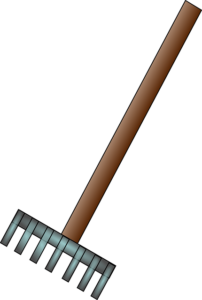** ARCHIVED POST – LINKS AND IMAGES MAY NOT WORK**
— by Beth Erwin
A fundamental element for attracting birds to your yard is a brush pile. The familiar perching birds in our backyards like wrens, chickadees, titmice, and cardinals will appreciate the extra spot to dart into for cover. In turn, their activity will attract other birds that are passing through to check out your space for hanging out.
The recent winter storm has left plenty of material for brush piles. If you already keep a brush pile on hand for the birds, this might be a good time to refresh and relocate it. A brush pile left in the same place becomes a feeding station for predators after a couple of years, much like bird houses without predator guards. Your resident birds catch on quickly when the neighbor’s cat or a rat snake starts lurking in or near the pile. Migrants and casual visitors remain on the menu. In addition, the limbs at the bottom of the brush pile begin to disintegrate and pack down, leaving less space to dart around in.
You do not have to move far from the first brush pile when you relocate. You are going to have a bare spot where the old pile was. You can look for sprouts of the seeds the birds have left you once the ground is exposed to light or use the space to plant some native annuals or perennials. It should be rich in decomposed organic matter.
For those of you who cannot bear the thought of a pile of limbs in your yard, cohabitate with such a person, or know that your HOA would have a fit, try thinking outside the box. There is no rule on how the brush should be stacked other than there needs to be space for small birds to dart into when fleeing for cover.
Stand the limbs up, cut ends to the ground, bind the top ends together and make a cone/teepee shaped pile. Another option is to cut the thicker branches in pieces of the same length and stack them much like a split rail fence, only create a square tower configuration. Add some twigs in the center. Artistic brush piles! Please post pictures on our social media pages-> Facebook or Instagram.

** ARCHIVED POST – LINKS AND IMAGES MAY NOT WORK**
